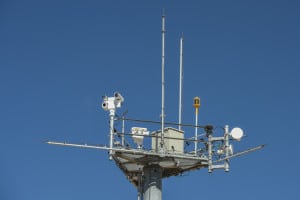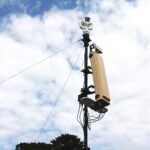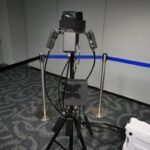
Customs and Border Protection this week published its acquisition strategy to continue buying fixed and relocatable sensor tower systems for border security, with a notional plan for a request for proposals (RFP) in March 2020 leading to an award or awards by March 2021. The Tower, Power, Instrumentation, and Communications (TPIC) system will include the Integrated Fixed Tower (IFT) surveillance system and the Remote Video Surveillance System (RVSS), which remain as separate programs of record, as well as the backup…

 By
By 











